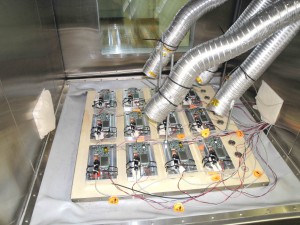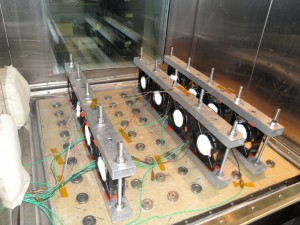This is part one of a series of blog posts discussing MIL-STD 810 Vibration Testing. This blog was written with reference to MIL-STD-810G w/Change 1 dated 15 April 2014. DES has the experience and expertise to help you determine what profiles are appropriate for your product and to run your MIL-STD-810 vibration test. Check out our vibration testing capabilities here.
MIL-STD-810 is a public military test standard that is designed to assist in the environmental engineering considerations for product design and testing. For the purposes of this blog series we will focus on Method 514.7, titled Vibration. This section defines the environmental vibration conditions a material or product may experience during the product life cycle and translates these conditions into replicable test procedures. Unfortunately, unless you’re familiar with this document, this section or any section for that matter may seem a little daunting. This blog will hopefully provide some guidance into navigating your way through it.

Continue reading MIL-STD-810 Vibration Testing Overview →






